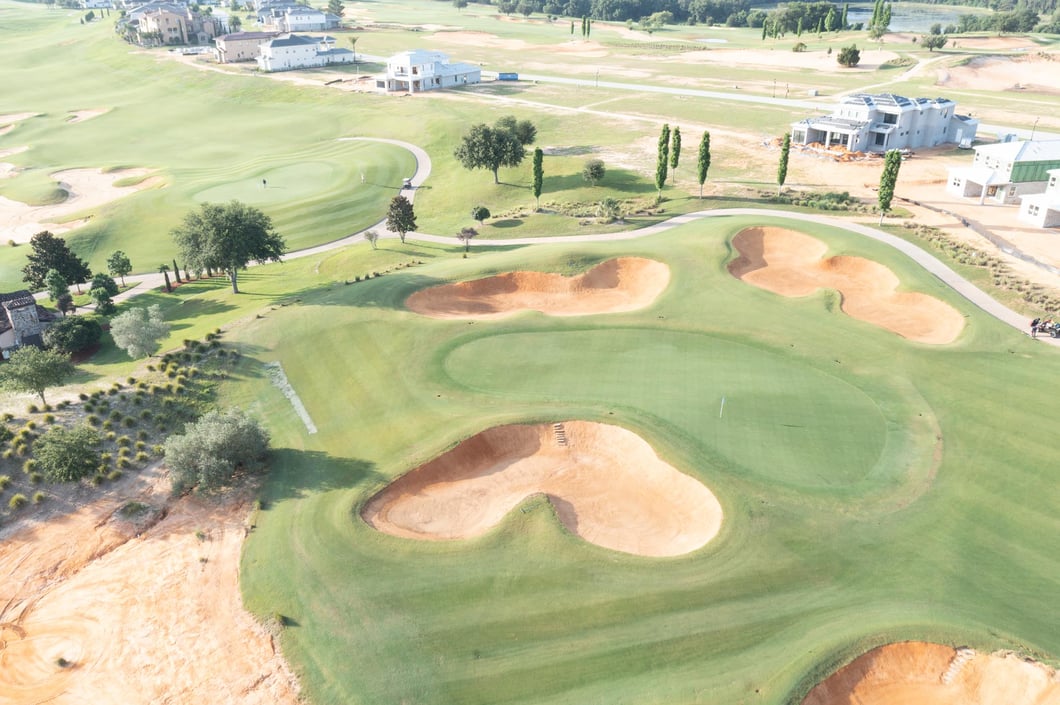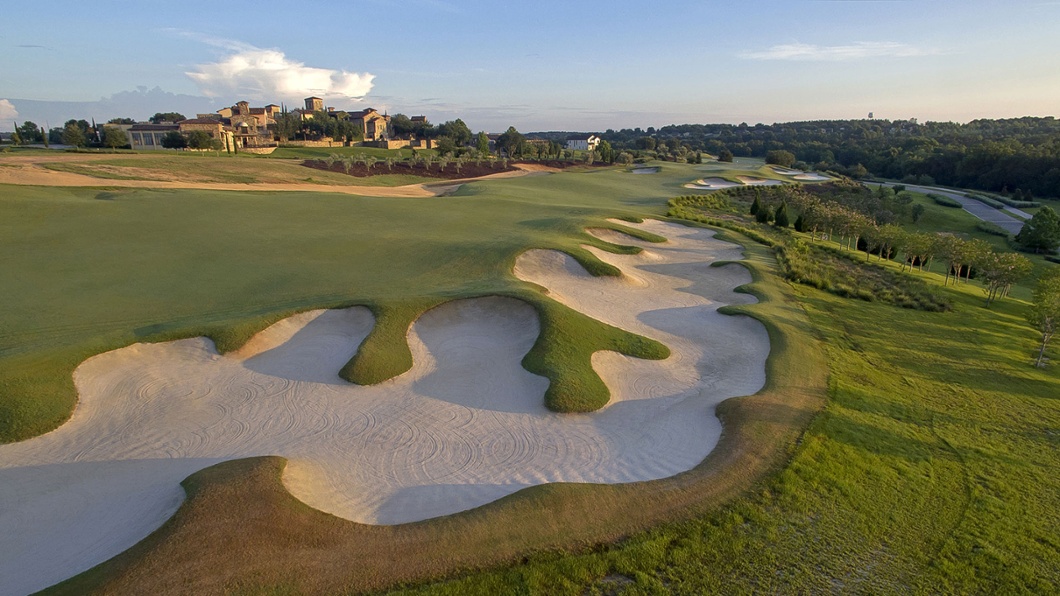Golf Course Architecture: How Design Impacts Your Game

Whether you're teeing off at sunrise or finishing your round at sunset, one truth remains constant—the design of a golf course profoundly shapes your game. A masterfully crafted course doesn't just test your skills; it creates an experience that resonates long after the final putt.
At its core, golf course architecture is a delicate dance between challenge and playability, beauty and functionality, tradition and innovation.
The Foundation: Layout & Flow
Imagine a course as a story, with each hole a carefully crafted chapter. The layout and flow form the narrative structure, guiding players through a journey of challenges and opportunities. A well-designed course considers:
- Natural Terrain Integration: How the course works with existing landscapes
- Strategic Progression: The thoughtful arrangement of holes to build momentum
- Player Movement: Smooth transitions that maintain focus and rhythm
- Visual Drama: Creating memorable moments and stunning vistas
The best courses feel natural as if they weren't designed at all but discovered within the landscape. Each hole flows seamlessly into the next, creating a challenging and intuitive experience.
The Heart of the Course: Green Design
Ask any golf architect, and they'll tell you the greens are where their art form truly shines. These carefully sculpted surfaces are where precision meets psychology, where the subtlest contours can transform a routine putt into a fascinating puzzle.
Modern green design considers:
- Multiple Pin Positions: Allowing for variety and adjustable difficulty
- Surface Contours: Creating challenging but fair putting surfaces
- Approach Shot Strategy: How the green accepts different types of shots
- Drainage Patterns: Ensuring playability in various weather conditions

Strategic Elements: Hazards & Obstacles
Golf hazards aren't just obstacles; they're opportunities for strategic decision-making. Each bunker, water feature, and tree serves a purpose:
- Risk-Reward Scenarios: Tempting players to attempt challenging shots
- Strategic Alternatives: Offering multiple paths to the hole
- Visual Definition: Helping players read the hole from the tee
- Shot Shaping: Encouraging creative shot selection

The Canvas: Fairway Architecture
Fairways are more than just grass corridors between tee and green. They're strategic puzzles that challenge players to think several shots ahead. Great fairway design includes:
- Width Variation: Offering multiple lines of play
- Contour Management: Using ground features to influence ball movement
- Landing Areas: Strategic positions that reward good shots
- Aesthetic Flow: Creating beautiful views and memorable holes

Vertical Challenge: Elevation Changes
Elevation changes add drama and complexity to golf course design. They:
- Create Visual Interest: Making holes more memorable
- Add Strategic Depth: Affecting club selection and shot strategy
- Influence Ball Flight: Requiring adjustments to normal playing patterns
- Enhance Course Beauty: Providing spectacular views and vistas
Nature's Touch: Landscaping & Aesthetics
Great golf course design extends beyond playing surfaces to create a complete environmental experience:
- Native Vegetation: Incorporating local plant species
- Wildlife Habitats: Creating sustainable ecosystems
- Visual Framing: Using natural elements to enhance hole definition
- Seasonal Beauty: Planning for year-round aesthetic appeal

The Finishing Touches: Maintenance & Conditioning
Even the most brilliant design requires proper maintenance to fulfill its potential. Key aspects include:
- Turf Management: Maintaining consistent playing surfaces
- Bunker Care: Preserving hazard integrity
- Tree Management: Protecting strategic sight lines
- Detail Work: Attending to the small elements that make a big difference
Bella Collina: Where Design Excellence Meets Natural Beauty
Nestled in the rolling hills of Montverde, Florida, Bella Collina is a testament to exceptional golf course architecture. Sir Nick Faldo's design brilliantly showcases the following:
- Natural Terrain Integration: Working with Central Florida's unique topography
- Strategic Excellence: Challenging holes that reward thoughtful play
- Aesthetic Beauty: Stunning views and carefully maintained landscapes
- Environmental Harmony: Sustainable practices that preserve natural resources
The par-72 layout features:
- Dramatic elevation changes rare in Florida golf
- Strategically placed hazards that challenge but don't overwhelm
- Pristine greens that test putting skills
- Breathtaking views of the surrounding landscape
The Future of Golf Course Architecture
As golf continues to evolve, course design adapts to meet new challenges:
- Sustainability: Water conservation and environmental stewardship
- Technology: Accounting for modern equipment and playing styles
- Accessibility: Creating courses that welcome players of all skill levels
- Efficiency: Smart design that optimizes maintenance resources
The Living Legacy of Golf Course Design
Golf course architecture is more than just design—it's about creating experiences that challenge, inspire, and endure. Whether you're playing at Bella Collina or your local course, take a moment to appreciate the thoughtful design elements that make each round unique. Understanding these principles enhances your appreciation of the game and can improve your strategic approach to playing it.
The next time you step onto the first tee, remember you're not just playing a game; you're experiencing a carefully crafted journey where every bunker, every contour, and every tree has a purpose. That's the magic of golf course architecture—where design meets play and where every round tells a story.



